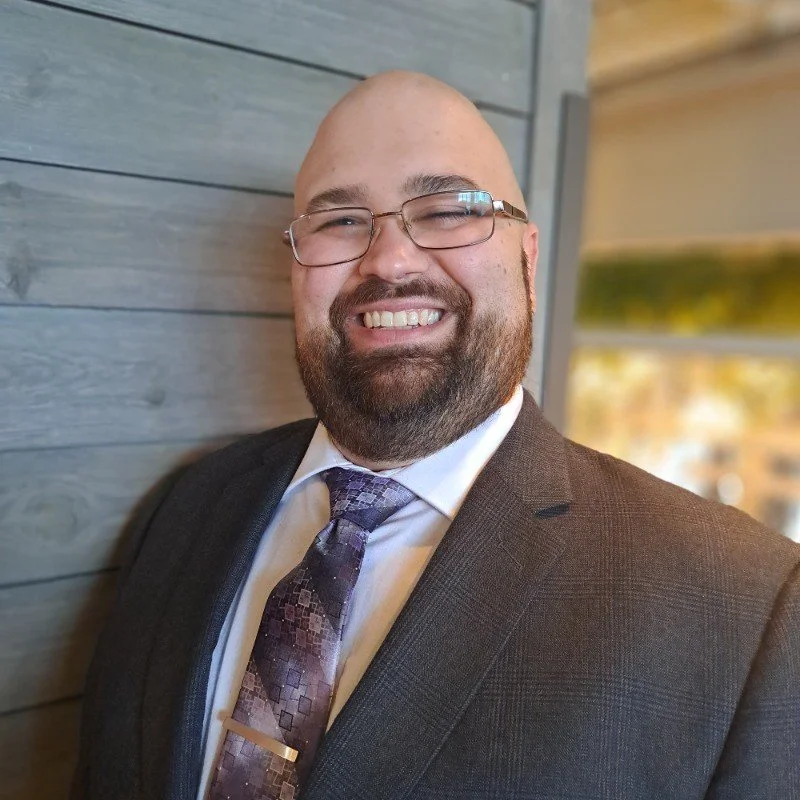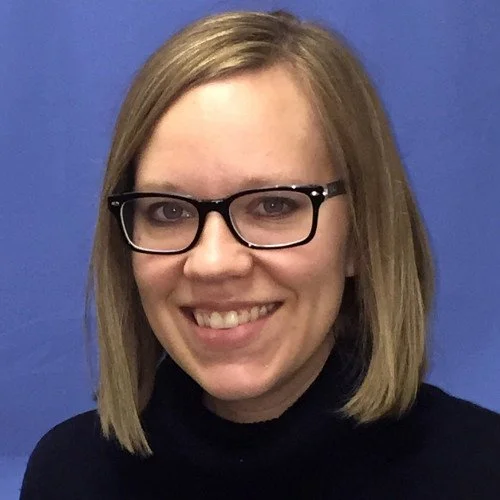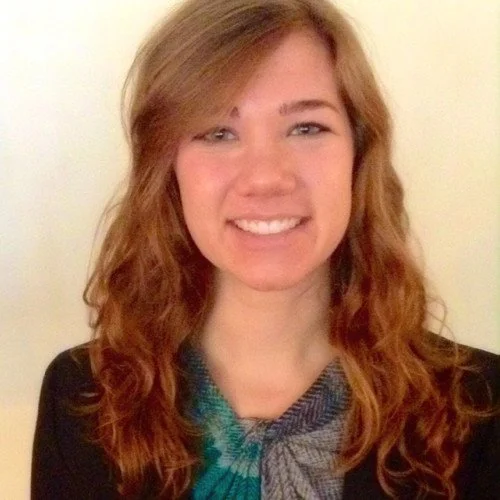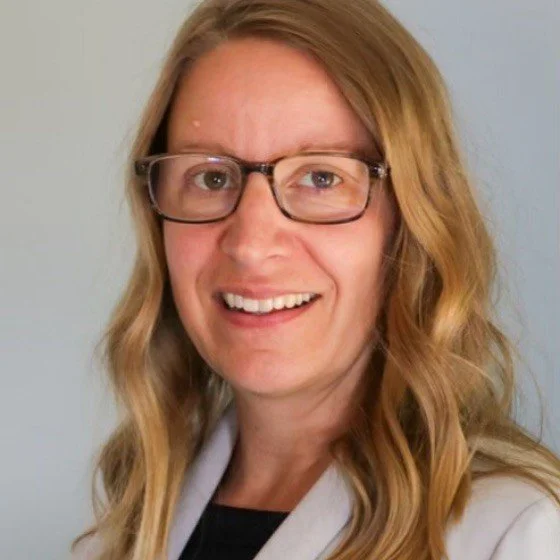Office Procedures @ MEDITECH
Overview
At MEDITECH, I worked as a UX researcher and designer on the ambulatory medication management team within the Ordering division. During my tenure, I was given the task of improving Office Procedures.
Common office procedures include steroid injections, botox injections, cerumin removal, and immunizations
Ambulatory physicians can take as little as 30 seconds to perform an office injection on a patient, but upwards of 5 minutes to properly order and document the medication within MEDITECH’s Expanse software. For an orthopedist performing the same routine injection on 50 patients a day, this translates to over four hours of extra work, which means fewer patients can be scheduled per day, which translates to a substantial loss in clinic revenue.
Due to this highly inefficient workflow, many physicians have abandoned best practice and are simply dictating office procedures as free text, opening the door to loss of revenue for billed medications, lack of audit trails for organizations, and patient safety concerns due to the lack of software interaction checking.
The Goal
My job was to simplify the Office Procedure workflow, with a goal of decreasing click count, and be as quick to document as they are to perform.
THe Challenge
I had to work cross-functionally with a designer in the Documentation product. Our teams had competing timelines, differing resource allocation, and separate long-term goals, which often led to heightened levels of friction. This project tested the limits of my diplomatic communication skills, and taught me to hold my designs loosely and act without ego, focused on the goals of both teams.
The Outcome
Working in tandem with a team in the Documentation product, I designed a solution that allowed users to
create favorite procedures to decrease repetitive inputs
move seamlessly from ordering to documenting without load times
perform safety checks in the background so that they only interfered with physician workflows if an issue was found
separate the nurse and physician workflows, which had previously been combined
This project was recently met with four standing ovations from MEDITECH’s physician customers, who praised its speed and ease of use.
Methods:
Foundational research
Usability studies
User workflows
Personas
Affinity diagrams
Technical research
Tools:
Figma/Figjam
Google Suite
Confluence
Jira
Zoom
Breaking It down
Throughout the project, I had to work hand-in-hand with another team from the Documentation product. We conducted extensive user research with physicians, nurses, and informaticists from various customer organizations. We quickly learned that every small clinic had different users performing different roles.
Our goal was to design for the majority of setups while keeping in mind the various edge cases.
I broke the problem down into different categories based on:
Type of medication
(antibiotics, anesthetics, steroids, etc.)
Which users per step
(physicians, nurses, medical assistants)
Clinic specialty
(general practice, orthopedic, etc.)
Whether the procedure was known in advance or done on-the-fly
Regulatory Requirements
To achieve regulatory, billing, and safety requirements, each procedure documentation requires a few key steps:
The medication must be officially “ordered” within the software, which involves
A check to ensure the patient had their allergies, height and weight entered for the current visit
Details of route, dose, etc. being filled out for each medication
Safety checks with the chosen medication against a patient’s historical medication list and disease/condition lists
A physician with requisite clearance e-signing the medication
Details of medication billing information to flow to MEDITECH’s billing application
The order audit trail being created
The procedure details must be documented (e.g. “I anesthetized with 10mg of lidocaine, cut a 1-in incision on patient’s left arm,” etc.)
The medication admin data must be entered, which include a vial’s NDC number and lot number, to be tracked in cases of medication recalls or for the statewide vaccination registry
Step 1 alone involves highly complex safety and regulatory checks
Conflicting Interests
I quickly discovered that depending on the physician and the organization, I needed a solution that allowed for all parts of the process to be completed quickly by a single individual, but also that a majority of physicians only cared about step two, the documenting. Everything else, to them, was superfluous.
But, for patient safety, orgs needed their physicians completing step one as well.
Step one, the ordering, needed to be completed by the physician, in the most painless way possible. Step three could, and was often, performed by nursing staff. The solution, therefore, had to float past step one quickly, and provide an “escape hatch” for physicians to leave before step three.
The Deal-Breaker
Step two, the documentation, also hit a snag. Two provider efficiency tools within documentation, Typicals and View Previous, were not available within the office procedure overlay, due to that code not being controlled by the doc teams, but by the ordering teams. These tools acted like advanced “auto-fills” for physicians. In the case of a procedure that asked 50 questions of the person documenting, these features brought the click count down from 50 to 3.
This, it turned out, was the key to physician acceptance of the new workflow:
“Give us our documentation efficiency tools and we’ll use your best practice. Without those, we’re out.”
Integrating these features into the ordering-owned overlay was not technically feasible, nor was pulling every piece of ordering functionality out of the overlay into the “flat” document. So our solution had to enter the overlay, ideally only in steps 1 and 3, and transition out for step 2.
The Work
For our two teams, it meant integrating parts of the software that had, to this point, been segregated.
My solution to step one also involved the order and its many steps happening within the documentation process, another integration that had not occurred before.
If providers could order from documentation (3 clicks), use their efficiency tools to document (3 clicks), and exit without completing med admin, we could achieve the goal of a quick, streamlined best practice that still accounted for everything that was needed behind the scene.
The new simplified workflow
Of course, many other roadblocks occurred along the way. Over the course of 6 months of user research, workflow diagrams, copious notes and affinity diagrams, interactive prototypes, long meetings, and a coded proof-of-concept, I helped create a design that both the ordering and documentation teams could agree to move forward with - one that allowed for the creation of favorites office procedures to choose from, without leaving the document, that could either be documented on using Typicals or View Previous by physicians, or transition immediately to the med admin piece, to accommodate nurse and MA workflows.
Comparison: Old workflow vs. New
Old workflow:
(shown here with a highly simplified UI):
User Pain Points
High click count for a process that could be done 50 times per day
Navigating back and forth between applications is cumbersome and features long load times
No ability to save personal favorites for office procedures. Only 3 fields have organization-level defaults that can be set
Important document data is stored in an overlay and hard to notice when looking over the whole document
Mismatch of system and user mental model: “Why am I ordering something I’m doing myself? That makes no sense to me as a physician.”
the new workflow
Solutions
In the new workflow:
Users can complete the entire process while staying in the Document, no need to travel to Orders
Favorite orders can be created, which reduces the chance of user errors through misclicks and streamlines the order selection and conflict screening
Documentation now happens in the flat document, which allows for the use of those must-have efficiency features physicians needed
Visibility of documentation is improved
The entire process can take as few as 6 clicks
Nurse workflow
In the new Office Procedures overlay I designed, a user can quickly select a procedure, then leave to document, as demonstrated above, or they can move directly from step one to step three, med admin. Nurses can therefore complete the steps they are required to take while bypassing the need to document the physicians’ part.
This flexible design allows a user to a favorite procedure, then choose to either document by clicking Process and Exit, or complete med admin by selecting Process, which adds the procedure to the Active tab (shown below).
Now that the procedure has been processed, a nurse user can complete the required med admin portion of the procedure in the Active tab.
This high level of flexibility is what allows the design to be adaptable to different organizations’ variable workflows and staffing.
Conclusion
I was hired at MEDITECH specifically to bring an outside voice into the design space (traditionally, designers here have been with the company for a few years, often as software testers). The work I did on office procedures highlighted the increasing need for integration between product areas at MEDITECH. The boundaries between ordering and documentation mean nothing to a physician simply trying to get their work done.
In order to create seamless workflows for highly variable clinical settings, MEDITECH needs to continue examining workflows from a product-area-agnostic viewpoint.
MEDITECH’s physician stakeholders recently gave this project four standing ovations after its demonstration.
Even physicians who previously stated they would never follow best practice are now considering utilizing these enhancements.
This was a high profile project, and here’s what my colleagues said about me after witnessing my work:













